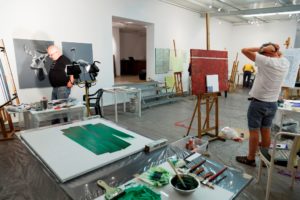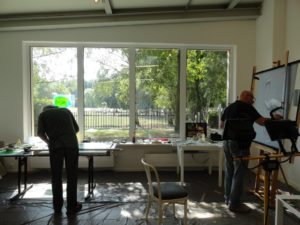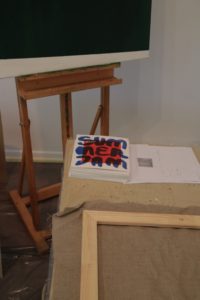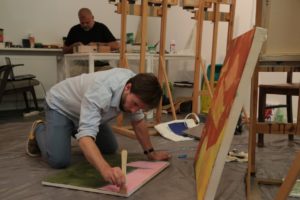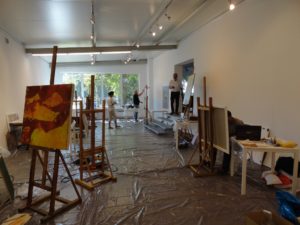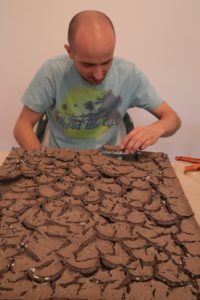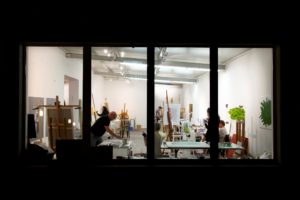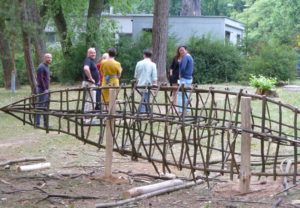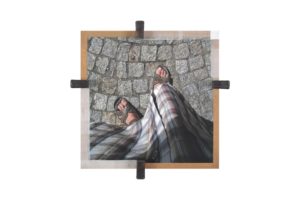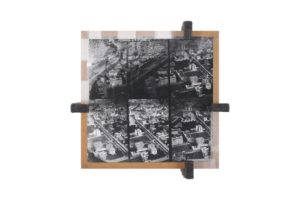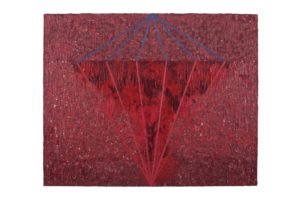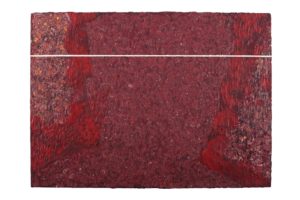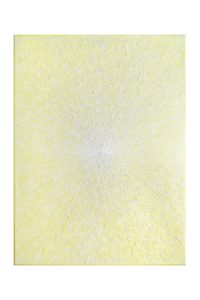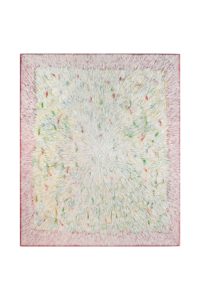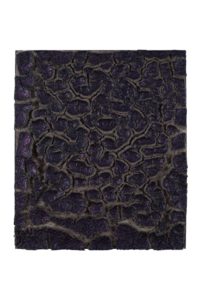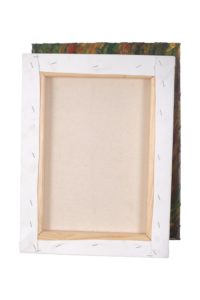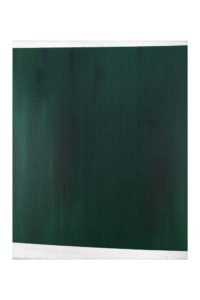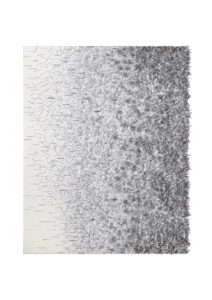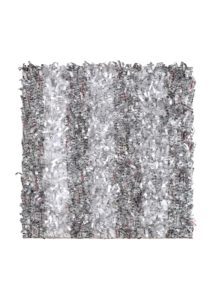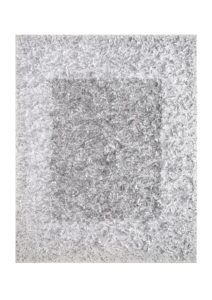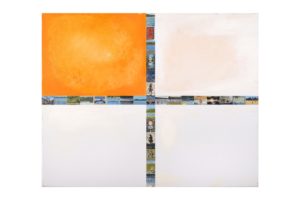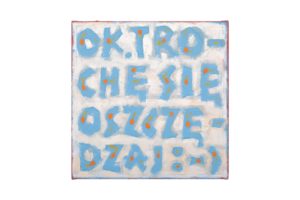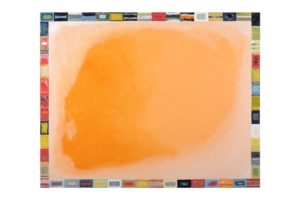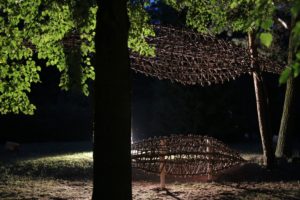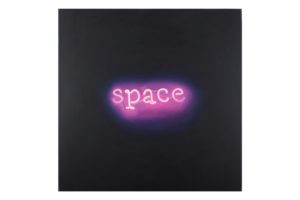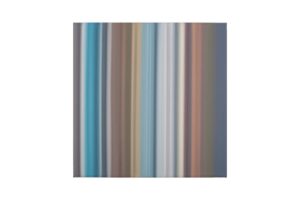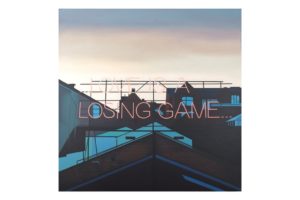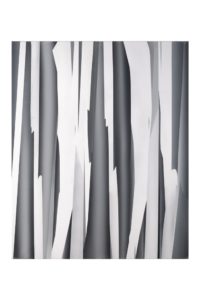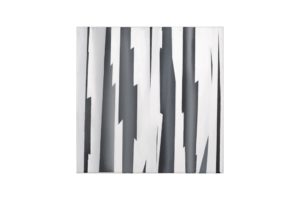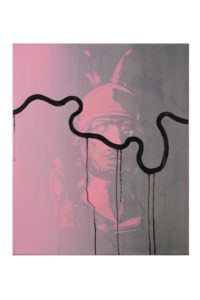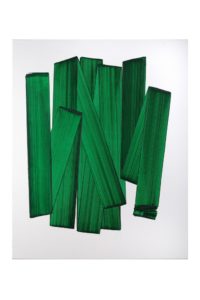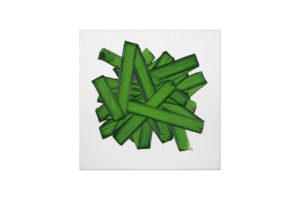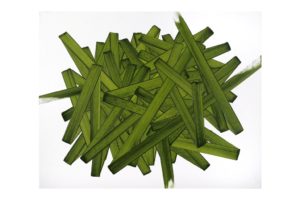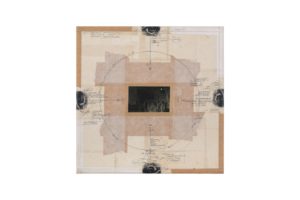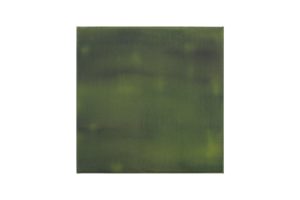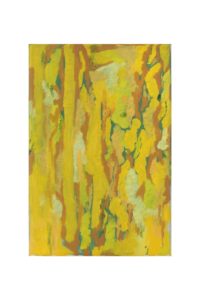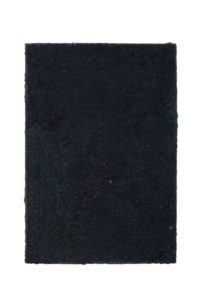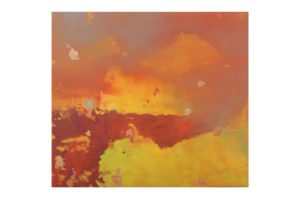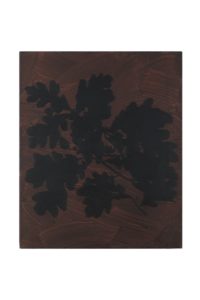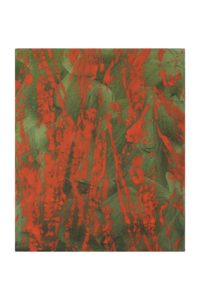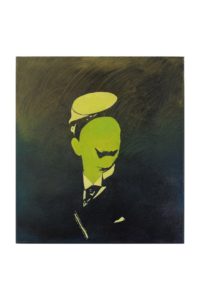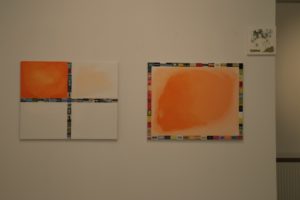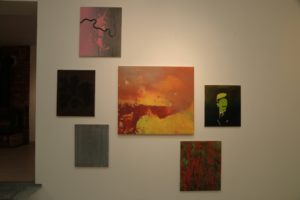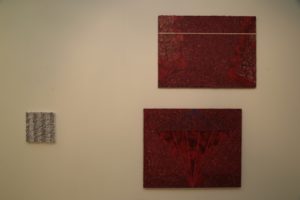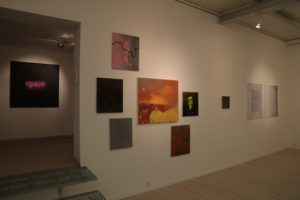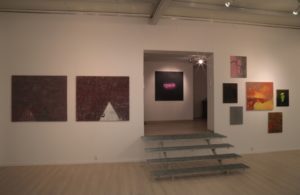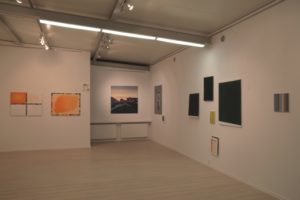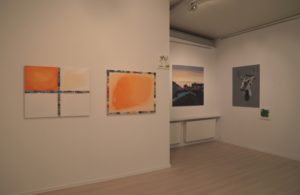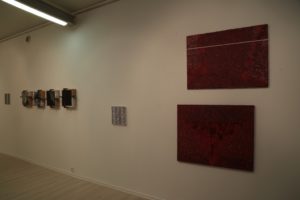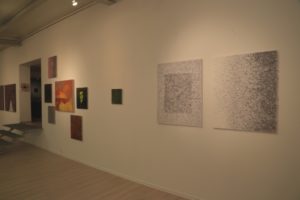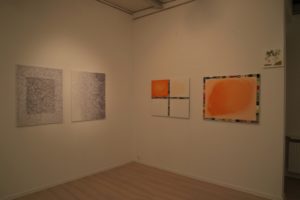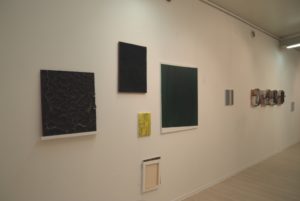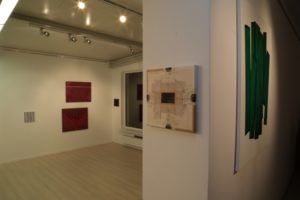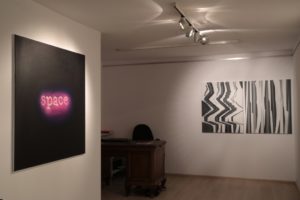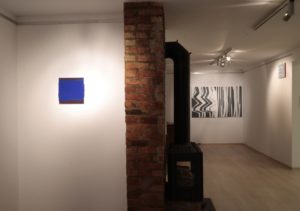SUMMER JAM 2015
Image: Redefinition of the Notion “A VIEW FROM POZNAŃ”
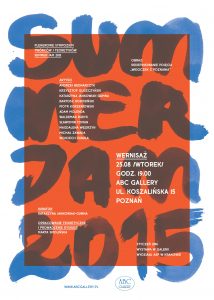
Artists:
- Andrzej Bednarczyk, Academy of Fine Arts,Kraków
- Krzysztof Gliszczyński, Academy of Fine Arts, Gdańsk
- Katarzyna Jankowiak-Gumna, ABC Gallery, Poznań (symposium curator)
- Bartosz Kokosiński, Warsaw
- Piotr Korzeniowski, Academy of Fine Arts, Kraków
- Adam Molenda, Silesian University in Katowice, Art Institute inCieszyn
- Waldemar Rudyk, Chełmek
- Marta Smolińska, UAP, Poznań (debate moderator)
- Sławomir Toman, Faculty of the Arts UMCS, Lublin
- Magdalena Węgrzyn, UMK, Toruń
- Michał Zawada, Academy of Fine Arts,Kraków
- Wojciech Zubala, Academy of Fine Arts, Warsaw
“A View from Poznań”
Per analogiam–“Pictures at an Exhibition” are:
- Picturesdisplayed at an exhibition?
- Picturesseen at an exhibition?
- Pictures (of the viewers’ conduct) observed at an exhibition?
- Picturespainted for an exhibition?
- Picturestaken (bought) from an exhibition?
- Picturesremembered from an exhibition?
- Pictures (impressions) triggered by the pictures seen at an exhibition?
- Pictures (memories) triggered by the pictures seen at an exhibition?
- Pictures (photographs) documenting the pictures displayed at an exhibition?
- Music pictures being an interpretation of the pictures seen at an exhibition?
- Music pictures being an impression of the memories (pictures – genre scenes) triggered by the pictures seen at an exhibition?
If we disregard the history of Mussorgsky’s composition coming into being and its inspiration by the exhibition ofViktorHartmann’s paintings, each of the above answers is potentially correct.
In the context of civilisation with a picture as the dominant communications tool, as well as in the context of current artistic practice, an ongoing redefinition of the term “picture” is both indispensable and fascinating. We are constantly inundated by pictures, on an unprecedented scale and from everywhere: television images, commercials, instruction manuals for different devices, the Internet, photographs – press, documentary, remembrance photos, all kinds of selfies and “sweet photos” fill the eyes and imagination, engaging to a substantial extent our perception capabilities. The picture is not only ubiquitous;more and more often it replaces reality or is (consciously or otherwise) identified with it. “Today, in the era of visual culture, what is not a picture is of dubious nature”. (1)
The cutting-edge techniques of creation, production, replication, and distribution of an image are variously absorbed by art, generating a series of significant formal, semantic and terminological modifications. What, then, makes this image, created and operating in the realm of art, unique among other images, those that impact us in the culture defined as “a pictorial one”? A question “Why is THIS a picture?” asked by BartoszKokosiński in reference to his own work (2) seems justified, universal and – ineffective. An image, like a picture (e.g. from an exhibition) or a view (e.g. from Poznań) will always be something else for different people. We can reasonably surmise that the scope of pursuit and practice of the artists and theoreticians invited to the symposium clashing during the debate will generate ever new questions concerning the (re)definition of the notion under scrutiny, but may possibly also result in some clarifying observations.
KatarzynaJankowiak-Gumna
ABC Gallery
curator of Summer Jam 2015
(1). “Od BibliaPauperum do Hipertekstu – Wizualizacjawiedzy”, MNW, 2010, press release from a conference.
(2).BartoszKokosiński, “Obrazpożerającynarzędziarekreacji”, 2015, a work made in the Visual Park in Poznań
A View from Poznań:Landscape and Redefinition of a Picture
The notion of a view, connoting irony and usually treated with a pinch of salt, correlates with one of the most famous definitions of a picture as a fenestra aperta, put forth by Leone BattistaAlberti in the treatise On Painting of 1435. A dictionary of synonyms indicates that the view is the same as a landscape, panorama, picture, perspective,plain airas well as a view from a window. The seemingly simple and light termis at the same time deeply rooted in the serious and less serious tradition of painting: on the one hand via a link with Alberti’sdefinition it poses a question about the present condition of the illusionist image, and on the other hand casts into doubt the seriousness of landscape painting,scornfully called a view or landscape.
According to Charles Baudelaire, a window view can be reversed in a sense: “What one can see out in the sunlight is always less interesting than what goes on behind awindowpane.”[1]Perhaps, then, a view from the outside is more interesting? Can a view from the outside be an opportunity for redefining an image?
In the 16th c. the subject of contemplating a view from a window became an evident illustration of the coming into being of a painted landscape. A scholar of meta-painting, Victor I. Stoichitaunderlines the fact that as of the 17th c. the landscape has treated theframe of the painting as a window frame, which means that it is the window frame that delineates the frame of the composition of e.g. Netherlandish landscapes of that time.[2]An excellent case in point is Vermeer’s famous painting titled the View, painted from the author’s house window. Do we still need such views, however? What could a painter see behind the window to be inspired to paint a view? Or perhaps a run-of-the-mill art recipient sill craves such nice views, to be hung on the wall to please the eye?
Baudelaire stressed also that who looks through an open window will never see as many different things as the one who looks through a closed one. What is stressed here is artistic memory rather than the real view; what is remembered stored under one’s eyelids and brought to the studio is more important than work in the open air, direct studies from reality. A view becomes a synthesis, an essence of landscape rather than an imitation of its appearance. I claim that what is at stake here is more a picture than alandscape. “A painted image in itself is a window whose section offers an insight into the world of the consciousness and feelings of its author. Paintings are windows of the imaginary world, their frames being the frames of the windows. The viewer stands outside, in front of the façade of the world, on whose plane a window into the imaginary reality of a painting opens up. A painting principally always shows an interior, even if this is only a landscape– a painted landscapeas a reflection of the external landscape is an inner landscape.”[3]
In my view the redefinition of a painting in the context of the notion viewtakes place at an intersection of the elusive borderline of the outside and the inside, irrespective of the breadth and metaphorical rather than literal definition of these notions for one’s individual purposes. Furthermore, we need to remember that a screen may appear between the artist and the view: “a screen acts like a valve: it is a lid (…) A window curtain regulates the communication between the inside and the outside. Not only does it filter and diffuse the light entering through the window, but also, depending on its material, may stifle, softly underline, erase, or completely obstruct the outside view. A window is a valve of light,regulating movement between the inside and the outside;it regulates the flow of light. The curtain acts like a screen.”[4]Possibly it is precisely thanks to this screen that acts at the intersection of the inside and the outside that we can paint not only a view but also a landscape? One in which the medium will be discovered ever anew.[5]
Marta Smolińska
[1]Charles Baudelaire, “Windows” poem.
[2]Victor I. Stoichita, Ustanowienieobrazu: metamalarstwo u proguerynowoczesnej, transl. into Polish KatarzynaThiel-Jańczuk, Gdańsk 2011, p. 59.
[3] Eberhard Roters, Malerei des 19. Jahrhunderts. Themen und Motive, Bd. I, Köln 1998, p. 313.
[4]Ibidem, p. 313-314.
[5]See: Rosalind E. Krauss, Reinventing the Medium, in: Critical Inquiry Vol. 25, No. 2, “Angelus Novus”: Perspectives on Walter Benjamin (Winter, 1999), p. 289-305 andAgnieszka Rejniak-Majewska, „Kondycjapostmedialna” iwynajdywanie medium według Rosalind Krauss, in: Sztuka w przestrzenitransmedialnej, ed. Tomasz Załuski, Łódź 2010, p. 42-52.


